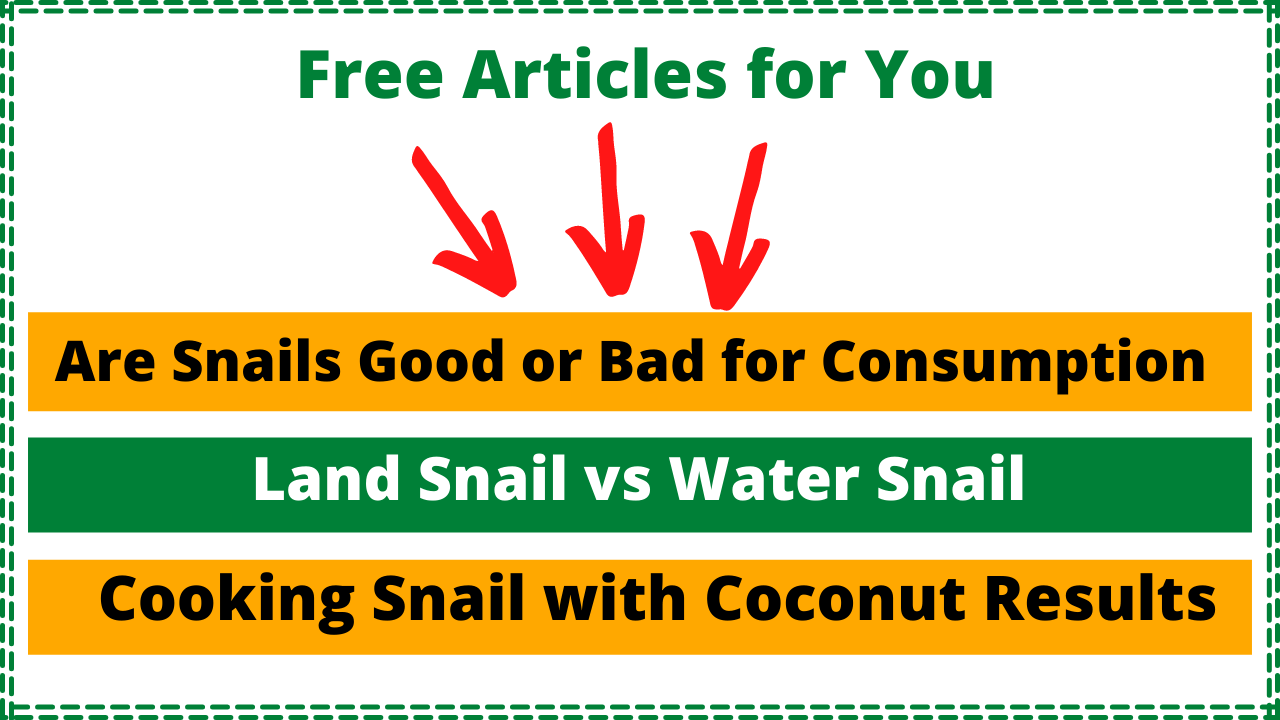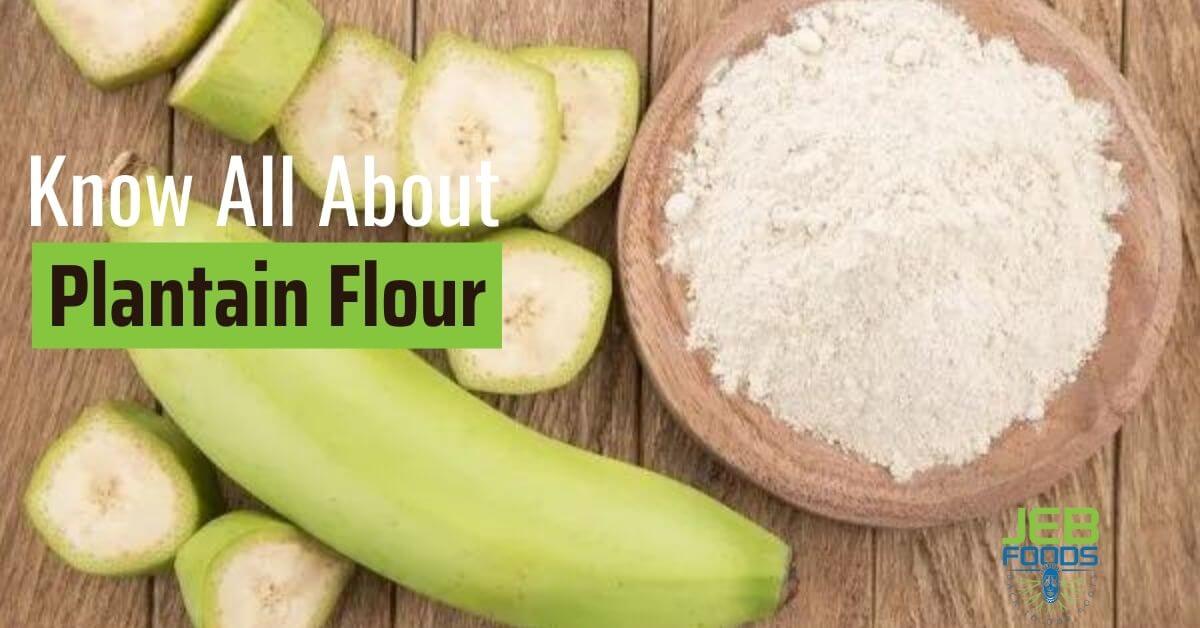I am pitching the land snail vs water snail. Most times, we all see snails as the same, either land snail or water snails.
But they are not the same. There are striking differences between the land and water snail.
Snails come in various shapes and sizes, and they are either water or terrestrial.
The water snail is adapted to dwell in the sea or freshwater bodies, and the land snail exists only on land, even in humid environments.
A snail’s head is covered with tentacles that resemble bug antennae.
Land snails have four tentacles, whereas water snails have two. The land snail is with eyes at the ends while the water snails has theirs at the base.
Snails navigate their environment using their senses of smell and touch, as well as chemosensory organs.
Although land snails are more identifiable to the general public, water snails make up most of the snail species and have a considerably wider range of species.
Here are the most beautiful snails in the world
Facts About Snails
Table of Contents
ToggleSnails are mollusks that live in a shell made primarily of calcium carbonate. As the snail matures, more shell is deposited at the side of the shell opening, increasing the size of the shell.
A snail’s life cycle begins with a hatching egg and progresses through several stages of development, including sexual maturity, mating, and egg production.
Most people believe that snails only eat plants, but this is not true. Some species are omnivorous, and some are even predatory, as long as they can get the nutrients they need to maintain a hard and healthy shell.
For centuries, some snail species have been part of the gastronomy of several European countries, most notably Portugal, which consumes approximately 4 thousand tons of land snails each year, and France, which is famous for its Escargot.
Both water and land snails contain a lot of protein and are high in iron, calcium, Vitamin A, and other minerals.
Snails have an average protein content of 16 grams per 100 grams of edible meat. This protein is considered high quality because it contains all of the essential amino acids that the human body requires.
The fat content of snail meat is lower than that of many conventional animal proteins, and it also contains high concentrations of minerals such as iron and calcium.
Find out the health benefits of Edible snails
Types of Edible Snails
Not all snail types are edible; let us see the edible land and water snails.
The European Garden Snail (Helix aspersa), Turkish snail (Helix locurum), Roman or Burgundy snail (Helix pomatia), also known as the land lobster, known for its superior flavor and texture, are edible.
Also, the giant African land snails, also known as Archachatinamarginata, banana rasp snails, or a variety of other names, are the most popular edible snail species in the world.
These four land-dwelling shell slugs are at the heart of the majority of high-end escargot dishes.
The French Escargots de Bourgogne cooked with parsley and garlic butter, the Moroccan broth Babbouche, fried snails from Crete in Grece called ChochlioiBuburisti, Nigerian Peppered Snails, and Korean salad GolbaengiMuchim are some famous examples of snail recipes to enjoy.
When combined with herbs, butter, and garlic, their tender morsels transform into one of the most luxurious and delectable foods available.
You can see African Giant Snail Recipes for your taste enjoyment.
Soups in West Africa are flavored with them. Snails with peppers, onions, tomatoes, garlic, and chillies: divine.
They can also be minced or marinated before being impaled on kebab sticks for grilling. They taste so good in any case.
How Do Water Snails Taste Vs Land African Giant Snails
Generally, water snails have a neutral flavor and absorb the flavors of the ingredients they are cooked in. The same goes for Helix pomatia, the most commonly eaten species in France. Cornu aspersa and Helix lucorum are also eaten as “petit-gris.”
Freshwater snails of the Ampullariidae family, also known as apple snails, are chewy. After 5 minutes of cooking, it’s a little chewy – and about the same after 5 hours. Unless you like chewy, you may want to use them primarily in recipes where they are chopped relatively finely.
African giant snail has its unique flavor; it doesn’t taste like chicken or meat or fish. Unlike other snails: water snails and smaller species of land snails, the flavor of the giant African snail absorbs into any food it’s cooked in.
African giant snail tastes earthy. It’s not like beef or goat meat that you can compare its taste; it is in a category of its own. It has a solid yet mild flavor, yet not overpowering that you want to mask its flavor; the mild nature makes a chef want to complement it for that rich flavor required in soups.
It is delicious in stews, sauces, and toppings, it’s perfect in pies and baked food, and it’s great on its own. For me, snail tops my list of gastronomy.
Giant African snail is tender yet crunchy, and it shouldn’t be overcooked or undercooked; the average cooking time is 20 minutes or at least 165°F for several minutes.
Whether grilled, baked, skewered, boiled, fried, or sautéed, this is the texture of giant African snails.
It is very flavorful when mixed with other protein sources giving your recipe vast, rich flavors.
Find out if consuming snail is medicinal

What Are The Features Of African Giant Snails Compared With Water Snails
Land snails are most likely descended from water snails. However, snails have evolved to live on land several times, and the ancestry of various groups is still debated.
Land snails and water snails both have shells, but for different reasons. Water snails use them to protect themselves from predators, whereas land snails keep themselves nice and moist inside their shells.
Freshwater snails of the Ampullariidae family, also known as apple snails, are eaten in many Asian countries. Several water snail species, such as whelks and abalones, are also consumed around the world.
Almost all water snails, some freshwater snails, and a small number (primarily tropical) of land snails are “operculates” with gills and separate sexes. When the animal withdraws, a “door” or operculum closes the shell’s mouth. Some misunderstand it.
The majority of land snails are “pulmonates.” They usually have a lung and are hermaphrodites. They do not have a “door,” though one family has evolved a different type of door, the clausilium, on its own.
Because it lives in water, the water snail has none of these issues.
There are operculate land snails, but they are rare in cool climates, with only two known in Britain.
What Are The Differences Between African Giant Land Snails And Water Snails
These snails are one of the world’s most giant land snails, reaching a maximum height of nearly three inches and a length of almost eight inches.
The land snail now requires humidity to produce mucus.
In the most basic terms, land snails have lungs, whereas sea snails have gills.
Land snails have eyes on the ends of retractable stalks, whereas sea snails do not.
A land snail would drown in water, whereas a sea snail must live in water and can, to some extent, live out of water for short periods.
“sea snail” refers to slow-moving water gastropod mollusks with visible external shells, such as whelk or abalone. They are categorized in the same taxonomic class as slugs, which differ from snails primarily by the absence of a visible shell.
Unlike snail farms that grow their mollusks in artificial ecosystems, sea snails from the region are hand-picked. These snails are collected in the wild, put in baskets, and then taken to the processing headquarters.
Which Is More Contaminated With Heavy Metals- Land or Water Snail
While some water snails are among the most toxic on the planet, terrestrial snails are generally safe to consume. It is crucial to ensure that they are harvested from vegetation that has not been treated with pesticides or herbicides, but my best option is farm-raised snails.
Land snail populations are also heavily influenced by site moisture and previous land clearing or fire. Land snails have been extensively used in European archaeology to reconstruct past environments.
They are used to detect pollution because they absorb environmental toxins like cadmium. Smaller shell size indicates that snails grow more slowly in the most polluted areas.
According to our findings, pollution impacts the diversity, abundance (available shell mass), and individual quality of land snails, posing reproductive issues for birds that rely on snails for calcium during breeding.
Freshwater gastropods are sensitive to heavy metals. Cu is the most toxic metal, followed by Cd, Zn, Pb, Ni, Fe, Mn, and Al when used as a sample by
A comparison of metal bioconcentration in soft tissues of sea snails revealed that of the eight metals studied, Cu, Pb, and Zn were the most accumulated, while Al was the least accumulated
Final Thought
In the comparison of Land Snail Vs. Water Snail, both are a good option for low-fat, rich protein sources. Both tend to absorb heavy metals and are prone to contamination in the wild.
I cannot say I prefer one to the other because each is important in creating your recipe. However, a safer option is to go for farm-raised snails because their diet is controlled to fit our consumption.
Get your edible dried-freeze Giant African snail here
Both land snails and water snails are frequently regarded as a protein-rich delicacy, which is a better option in areas where they have become a pest and threat to agriculture.
I recommend canned, salted, or freeze water snails. Because the preparation entails removing the gut and processing that may contact harmful parasites.
For African giant snails, I always go for dried-freeze snails when I want to use the giant African snails.
Would you mind telling me about your experience in using snails, especially the African giant snails?




